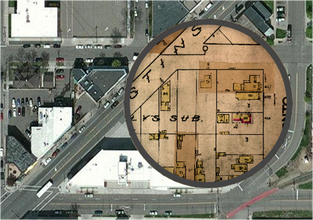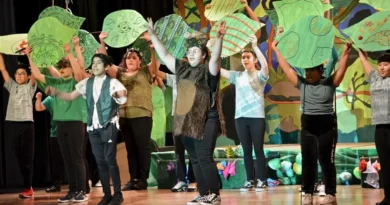Gardening and the roots of racism
Building an Antiracist Community
One of summer’s joys is going for a walk in the neighborhood and appreciating the variety of gardening being done on city boulevards. On some blocks, one encounters raised gardens with things like green beans, tomatoes and peppers ripening on the vine. On other blocks, one encounters flowers, shrubs, and various blossoming plants adding beauty to one’s walk, but also becoming a stop-over for various pollinators. Last summer we hiked by a home whose garden had attracted 30 – 40 monarch butterflies, providing a strong reminder of how deeply connected we are with these pollinating creatures who help bring both beauty and nourishment into our world.
Whether gardening for food or gardening for beauty, one of the things that all urban gardeners share is an awareness that gardens must be tended. Left unattended or ignored, what one ends up with is an assortment of plants that provide neither the beauty we seek nor the food for which we hope. These are weeds. Gardens never just magically happen. Flowers and vegetables are the outcomes of gardeners who have purposefully placed in the soil plants that are desired and removed those plants seeking to take over and dominate the gardens which they tend.
The very same dynamic is at work in our communities, state, and nation when it comes to establishing neighborhoods and institutions where everyone has an opportunity to flourish in a way that brings forth their unique gifts and beauty. Racism is one of those invasive plants that regularly seeks to take over, dislodging the potential in our communities that otherwise exists.
As with the weeds in any garden, author Ibram Kendi in his book How To Be An Antiracist, argues there can be no neutrality when it comes to racism. Kendi states, “The most threatening racist movement is not the ‘alt right’s’ unlikely drive for a White ethnostate but the regular American’s drive for a ‘race-neutral one.’”
Either one tends the garden, removing the unwanted plants or one ignores the garden and lets those weeds dominate. Either one supports policies and ideas that are racist or one supports policies and ideas that are antiracist. There is no neutrality with racism. Ignoring the weeds is not an option unless one is prepared to let the weeds take over.
Unfortunately, throughout the history of our country we have not only let the weeds of racism proliferate but in fact, have too often supported and encouraged their presence. Recently my brother was researching our hometown community newspaper archives looking for a story about our grandmother’s funeral. Her obituary was found in the July 8, 1925, edition of the Braham Journal. On the same page as the obituary was an article about the Ku Klux Klan hosting a special event in the town park. The reporting made the event seem natural and unobtrusive, leaving the distinct impression the KKK was a welcome presence in town.
The journal states, “Last Monday the Klu Klux Klan held a free public meeting to which the community has been invited. The meeting was held in the Braham Highway Park and was largely attended. During the course of the evening, a cross was set on fire and added much to the scene. Nine white robes knights of the order including the speaker were present for the evening and all conducted themselves in a most orderly fashion.” During the 1920s, there were at least 51 KKK chapters in 87 Minnesota counties, including chapters in Minneapolis and St. Paul.
The roots of racism, like most weeds, run deep and unless the garden is carefully tended those weeds will return and seek to dominate. Whether it be the gardens on our boulevards or the garden of our local and national lives, if we are to enjoy the beauty and share in the produce, care and attention is required.
Tim Johnson is a retired pastor for the United Church of Christ.




